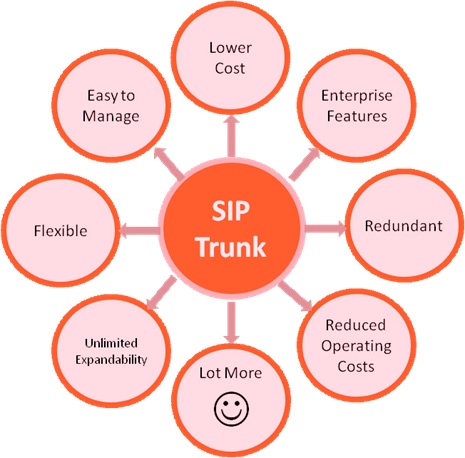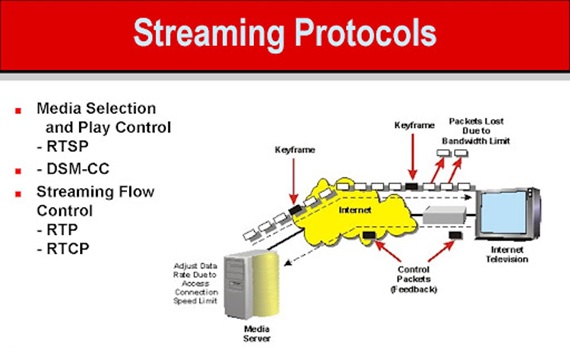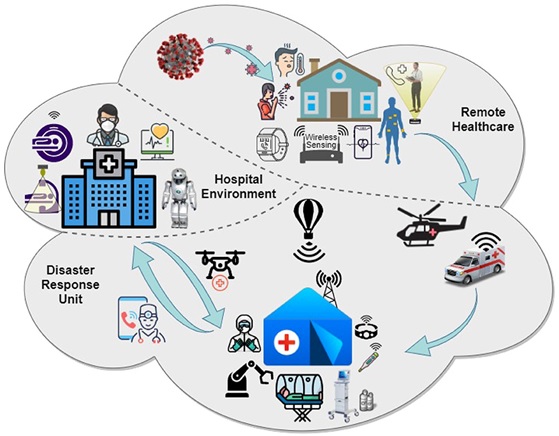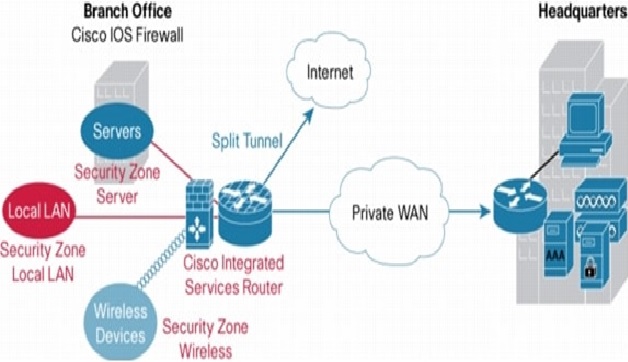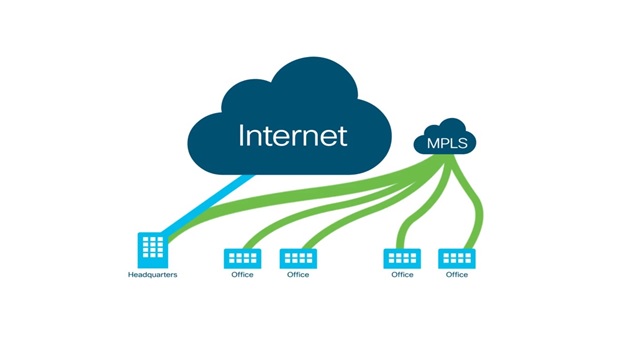Airborne Internet Technology
The Airborne Internet is an information network between aircraft and the ground that enables information exchange experienced with today's internet. This capability will automate the way in which air traffic control monitors and tracks aircraft, significantly improving airspace management and response times, and how aircraft collaborate and share information to significantly improve situational awareness and surveillance. Commercially Developed Web Services is the technology enabler to provide the CIE discovery-on-demand capability. [1]
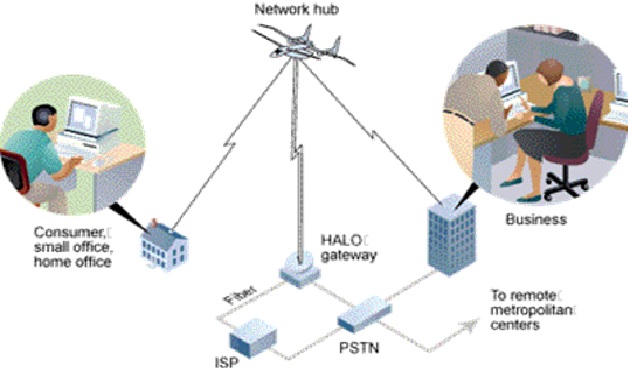
Figure 1. Airborne Internet Technology
Figure 1 shows the word on just about every Internet user's lips these days is "broadband." We have so much more data to send and download today, including audio files, video files and photos, that it's clogging our wimpy modems. Many Internet users are switching to cable modems and digital subscriber lines (DSLs) to increase their bandwidth. There's also a new type of service being developed that will take broadband into the air.
At least three companies are planning to provide high-speed wireless Internet connection by placing aircraft in fixed patterns over hundreds of cities. Angel Technologies is planning an airborne Internet network, called High Altitude Long Operation (HALO), which would use lightweight planes to circle overhead and provide data delivery faster than a T1 line for businesses. Consumers would get a connection comparable to DSL. Also, AeroVironment has teamed up with NASA on a solar-powered, unmanned plane that would work like the HALO network, and Sky Station International is planning similar venture using blimps instead of planes. [2]
Advantages of airborne internet
It has potential of providing a number of benefits
- This internet technology will increase productivity and economic growth.
- It is very useful for these things: increase security, reliability, and scalability.
- The Airborne Internet is a private, secure and efficient communication network for peer-to-peer aircraft.
- Lower cost.
- It's pretty easy to access the airborne Internet
- Increase innovation.
- Increase flexibility.
- Reduce risk.
- Access to the airborne Internet is relatively simple.
- Fast, reliable access to the Internet as well as quick & easy for file sharing process.
Disadvantages of airborne internet
- It will affect our environment and harmful for environment.
- The airborne Internet is not going to be completely wireless.
- There will be ground-based components for any type of airborne Internet network.
- Consumers will need to install an antenna in their home or business to receive signals from the network hub overhead. [3]
References:
- https://www.sbir.gov/sbirsearch/detail/281971
- https://computer.howstuffworks.com/airborne-internet.htm
- https://www.techmasalatoday.com/2021/02/advantages-and-disadvantages-of-airborne-Internet.html
Cite this article:
Thanusri swetha J (2021), Airborne Internet Technology, AnaTechMaz, pp. 37


